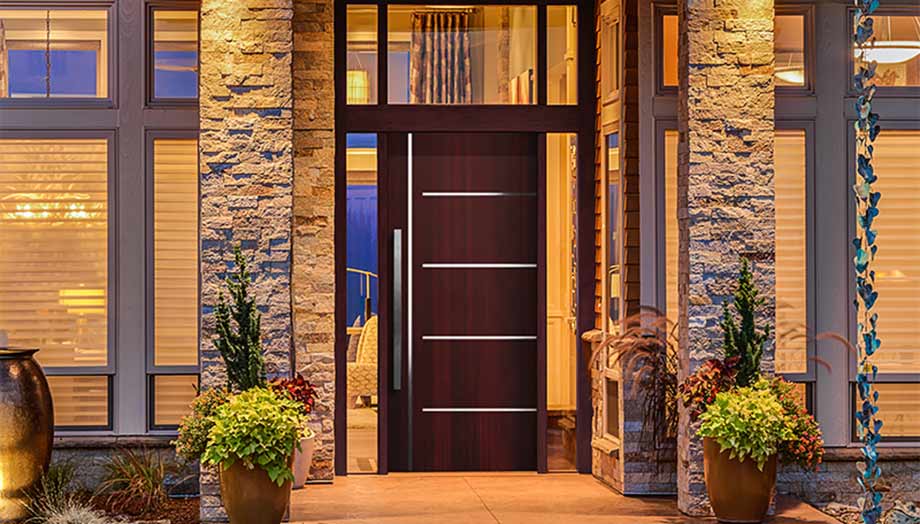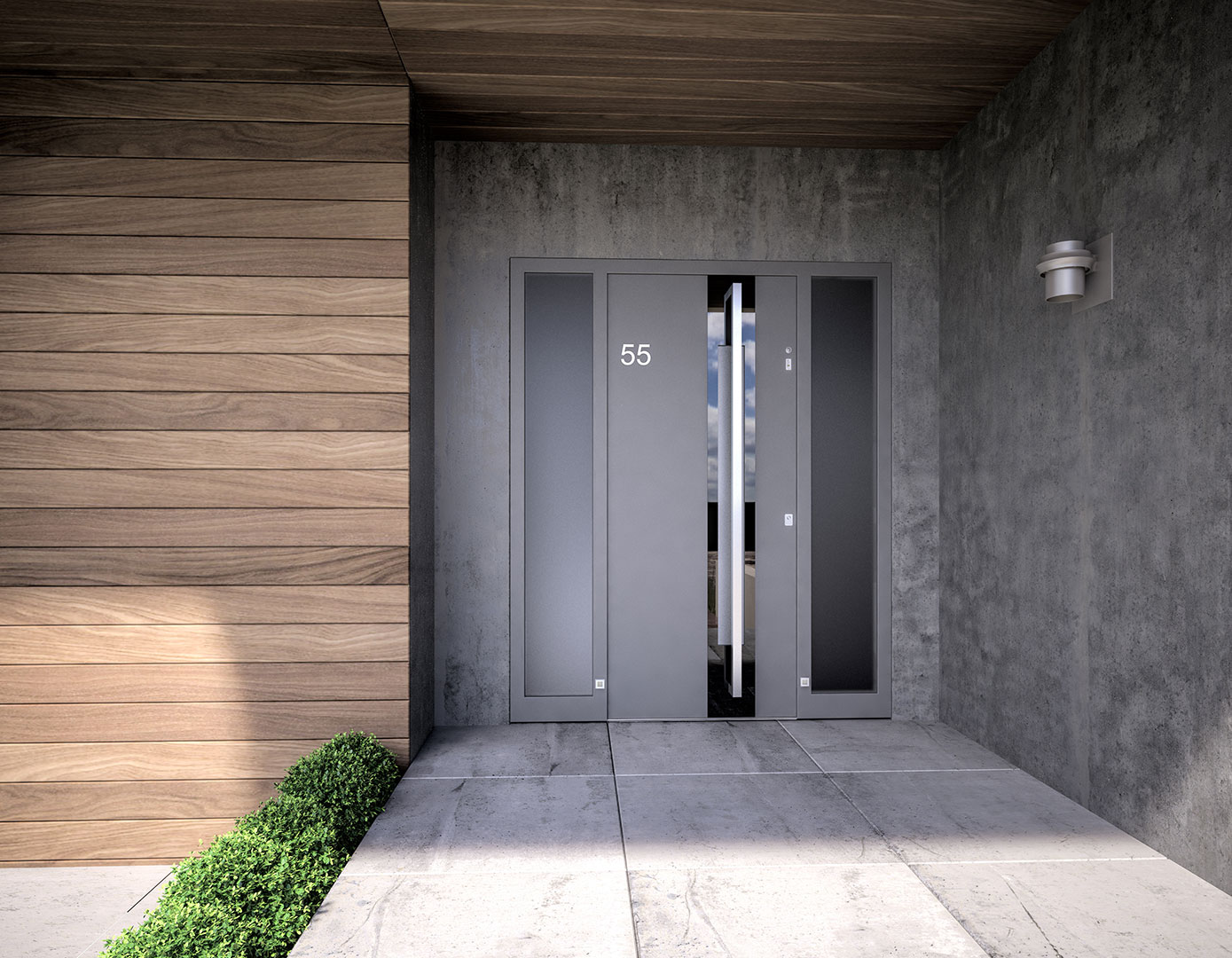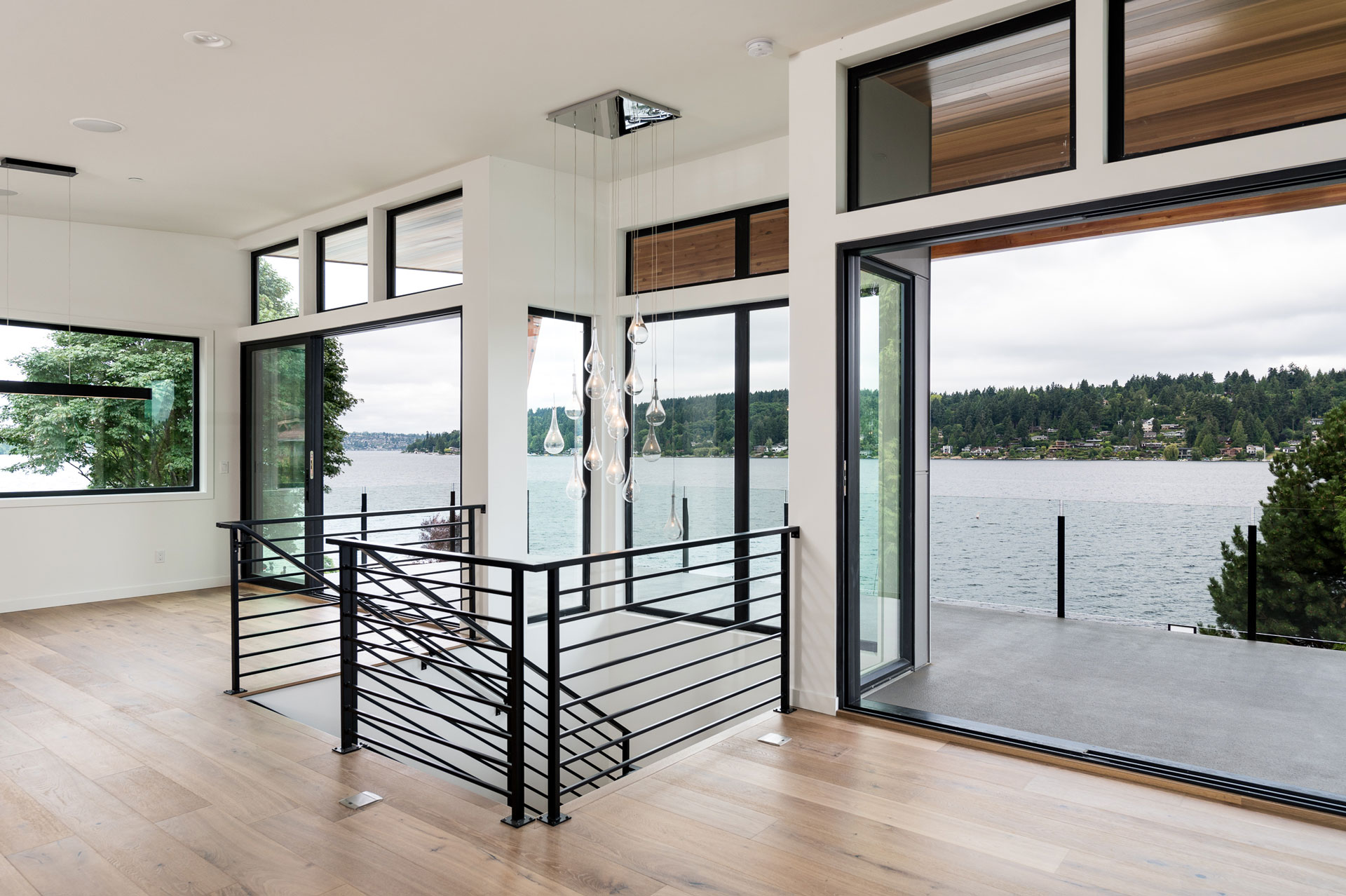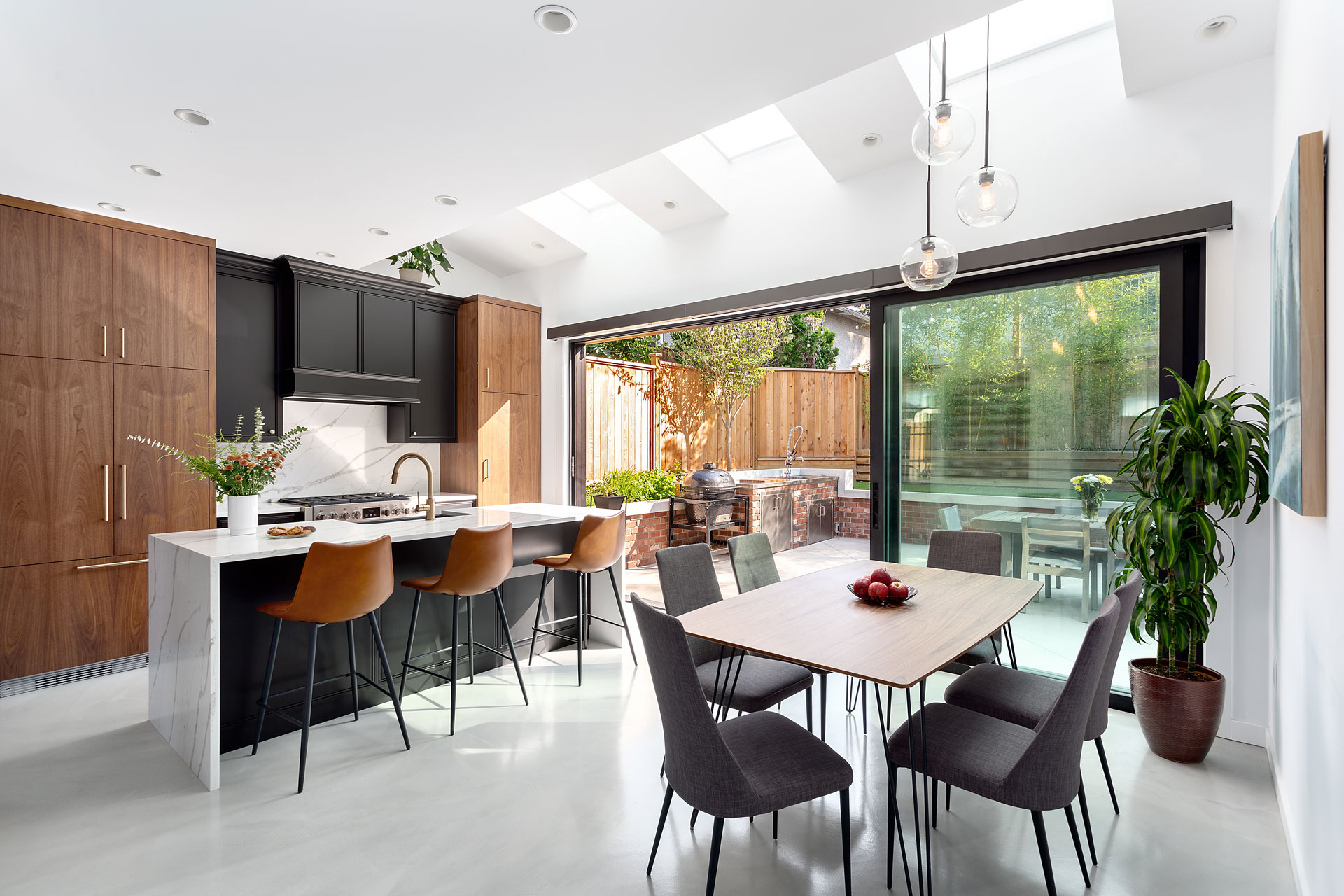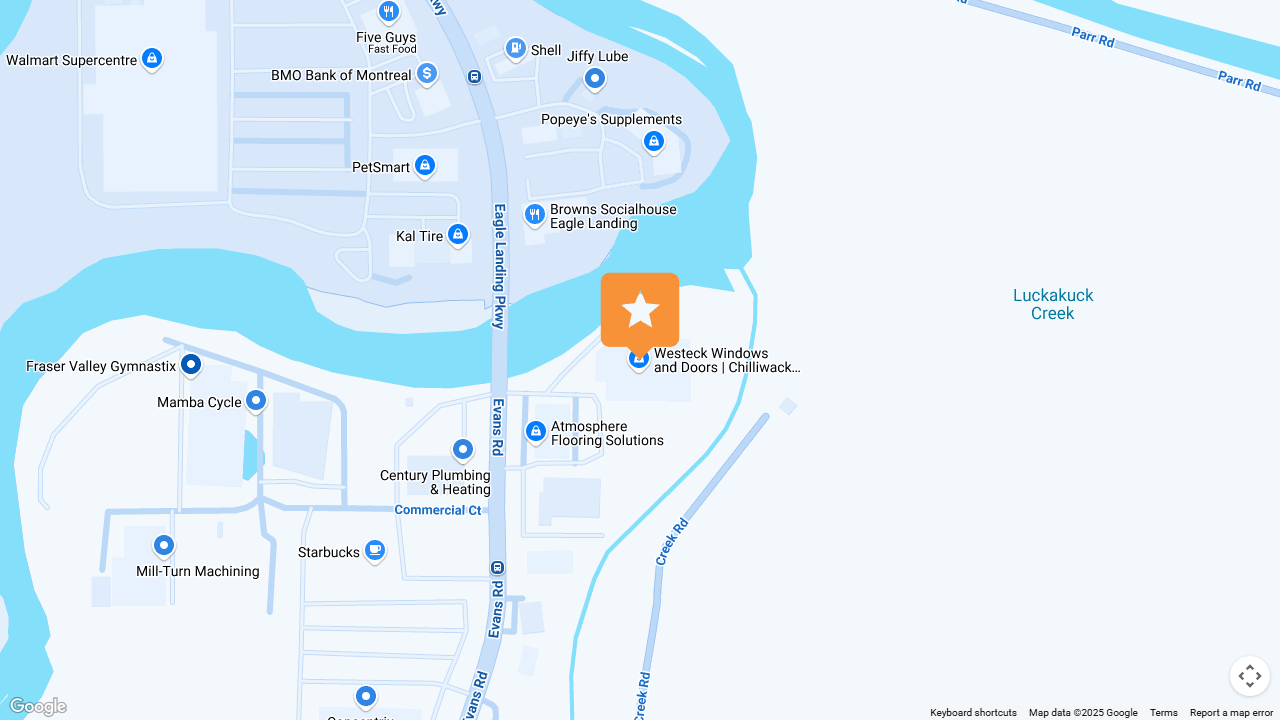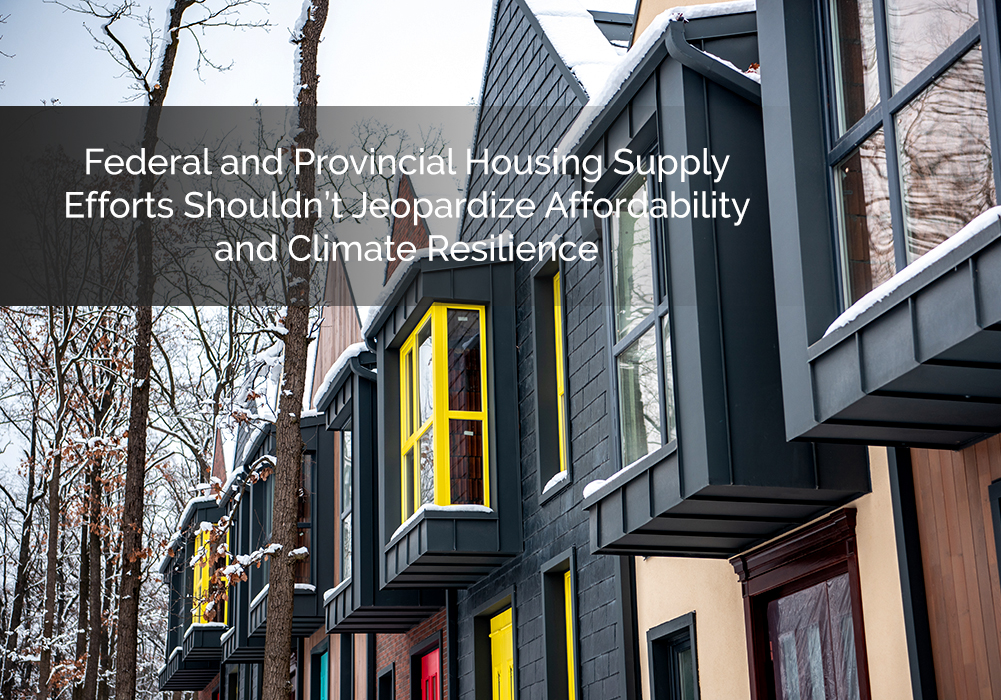Content courtesy of Pembina institute
Federal and provincial housing supply efforts shouldn’t jeopardize affordability and climate resilience.
It’s time for homes and buildings to emit less carbon and meet higher standards for saving energy costs.
The recently announced federal housing design catalogue initiative could represent some of the best news in years for Canadians looking for more affordable, energy efficient and resilient homes. Canada needs design standards that will address the interdependent crises of climate change, affordability and housing scarcity.
Provinces are also looking at housing design standards to increase housing supply while decreasing process burdens. The B.C. government announced a Standardized Housing Design Project this fall, with the goal of streamlining permitting processes and building more homes faster.
The province of Alberta, meanwhile, has announced changes to the Calgary and Edmonton charters, also in an attempt to reduce costs and remove barriers associated with new housing, but in a manner that potentially compromises building performance and energy efficiency.
It is important that these efforts by provincial and federal governments to expedite new housing don’t lock in design standards that fail to address the need for energy efficiency and the impacts of climate change—including human health and safety risks heightened by extreme weather, building damage due to flooding, storms, winds and other increasingly frequent and extreme weather, and mounting insurance and financing costs, or worse not being able to access insurance at all.
Housing is only affordable if it is affordable to operate. In jurisdictions where the building code regulates different energy efficiency levels or tiers, industry has demonstrated its ability to adapt and respond and most times build better than code minimums. Limiting the ability of larger cities to advance building energy efficiency measures will only result in higher energy heating and cooling costs for decades to come, continuing to burden homeowners with high energy costs.
An estimated 20 per cent of Canadian households experience energy poverty due to the disproportionate cost of heating their homes compared to their incomes. Constructing new homes and buildings that emit less carbon and meet higher standards for energy efficiency is both a necessity and a catalyst for positive change. It all starts with a vision for design that factors in climate resilience and adaptation, the ability to keep people safe and healthy, energy efficiency, and affordable heating and cooling.
Coordination across jurisdictions is also required to ensure local governments, who are the ones working on the ground delivering this housing supply, are not challenged in their goals to create livable communities. Local governments can benefit from tools that make permitting processes shorter and easier, but they also need the tools and financial resources required to build the physical and social infrastructure that goes along with new homes. Local governments have set ambitious climate and housing targets of their own, recognizing that they influence over 50% of Canada’s greenhouse gas emissions and own over 60% of Canada’s public infrastructure. Cities and municipalities of all sizes need more tools in their toolbox, not fewer, along with a collaborative approach.
The creation of design catalogues was a proven post-war method of increasing housing supply and can prove to be a tool in address the current housing crisis across Canada. They also present the opportunity of advancing the performance of homes, to ensure they are health, safe, and climate resilient, by creating designs that are code compliant or above. Provinces and local governments must work in tandem to reduce new housing process and application burdens, with operational affordability front of mind. As we continue to find ways to ensure housing targets are met, let’s also ensure we are capitalizing on these opportunities to advance the building sector and quality of our homes.
Westeck isn’t just about products—it’s about service and innovation. The Westeck team is dedicated to guiding you through the selection process, ensuring you get the perfect fit for your home. And with a focus on continuous improvement, staying ahead of trends, ultimately providing you with the latest in window and door technology. Choosing Westeck means investing in quality, style, and peace of mind. Whether it’s windows, doors, or patio doors, Westeck offers solutions that enhance your home’s beauty, comfort, and efficiency. So why settle for anything less? Upgrade your space with Westeck and enjoy the perfect blend of form and function.
Westeck is a premier manufacturer of windows and doors. All major North American and European windows and doors are locally manufactured and proudly displayed in seven well-appointed showrooms including Kelowna, Victoria, Vancouver, Chilliwack, Nanaimo, Kirkland and Bellingham in Washington State. Each window and door is built to order, our customer have the freedom to design and create a product that is unique and personal. Enjoy our latest line of energy efficient windows and doors designed to enhance modern and contemporary architecture.
If you’d like to learn more about our windows, doors, and patio openings contact us Toll-free (US/Canada): 1-877-606-1166 or email us at sales@westeckwindows.com for a consultation with one of our Project Consultants.
